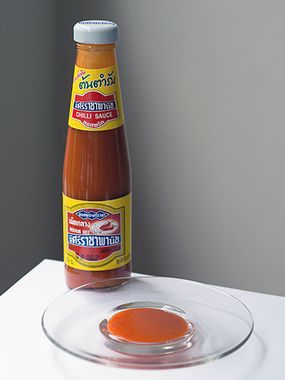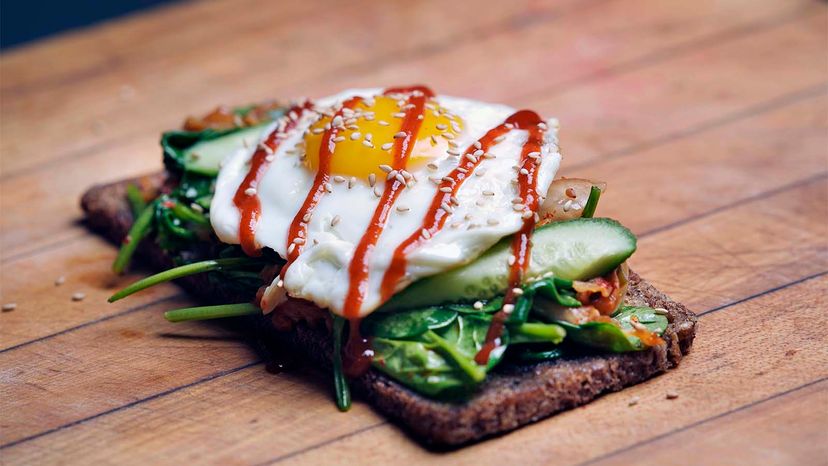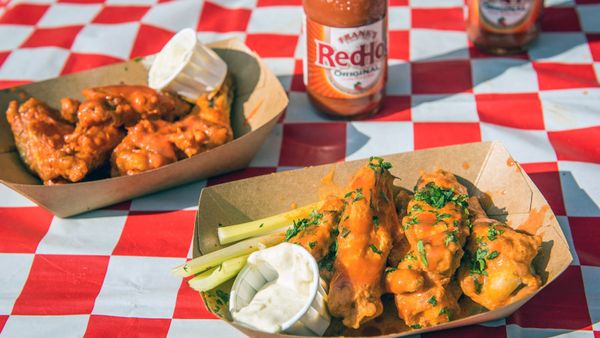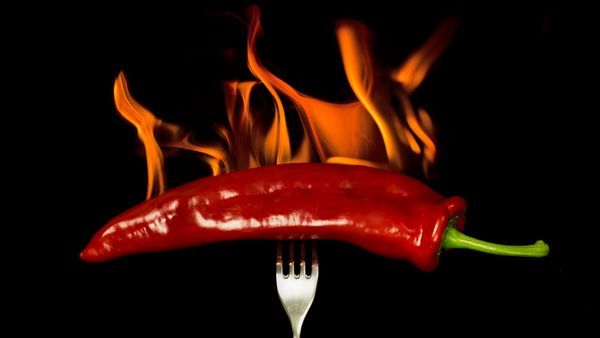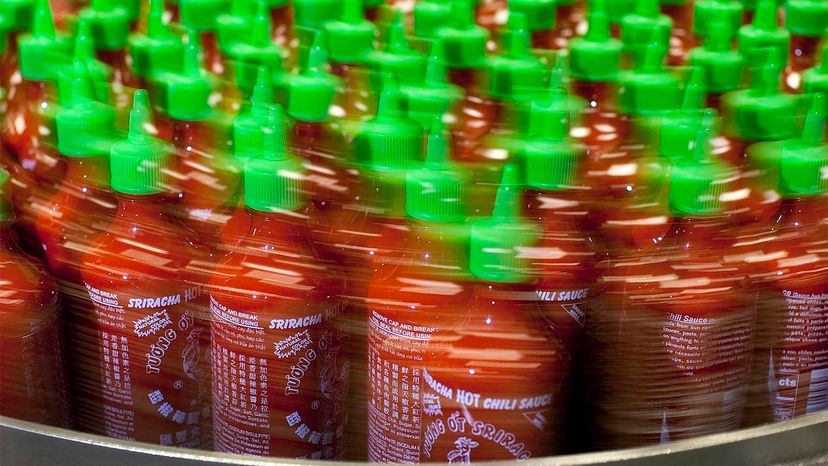
White sands. Chipper dolphins. Teal, tranquil waters lapping rocky shores. The Gulf of Thailand has all the ingredients for a perfect beach vacation.
Located in the South China Sea, this inlet paradise borders Vietnam, Cambodia and, naturally, Thailand. The latter country is the home of Si Racha, a seaside town about 60 miles (96 kilometers) southeast of Bangkok.
Advertisement
Even if you've never set foot in Asia, the name Si Racha might ring a bell. After all, this is where Sriracha hot sauce was born.
Today, it's one of the world's favorite condiments, a garlicky showstopper that you can pair with everything from eggs and bacon to tacos and pizza. You can even find recipes for Sriracha cocktails. (Sriracha bloody mary, anyone?)
Advertisement
